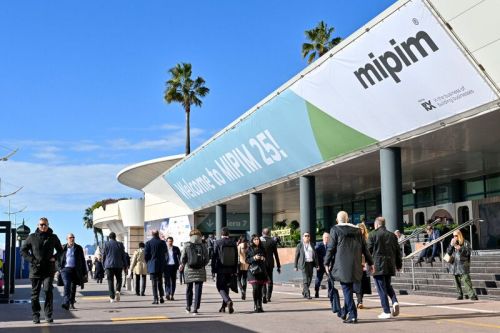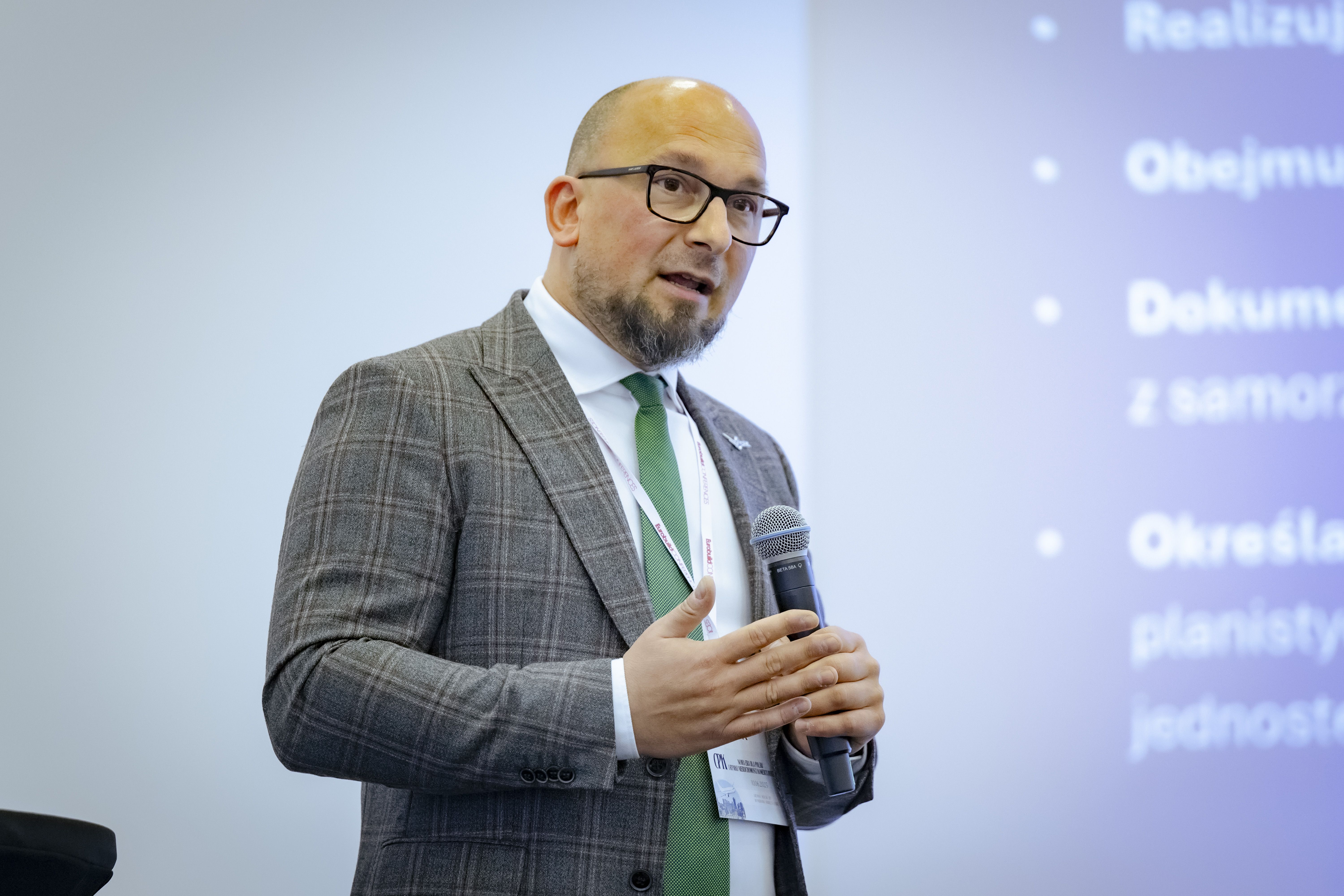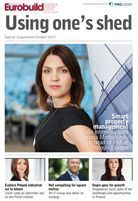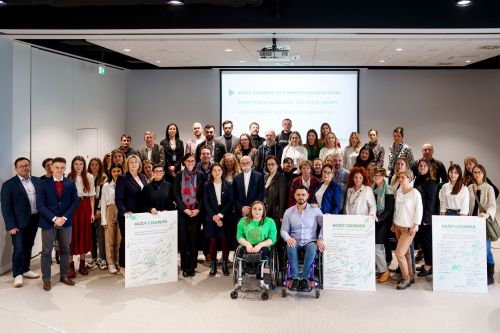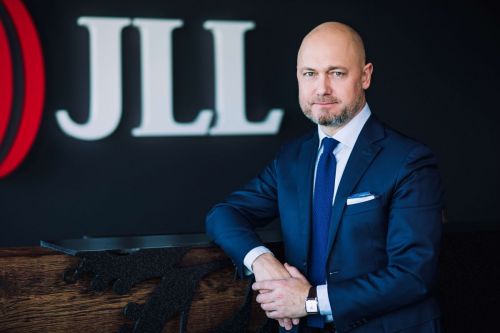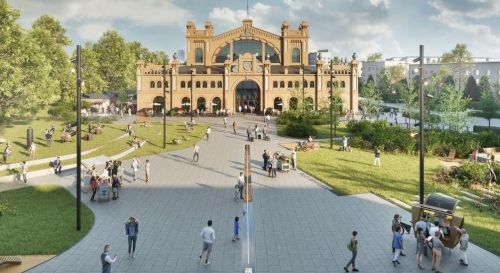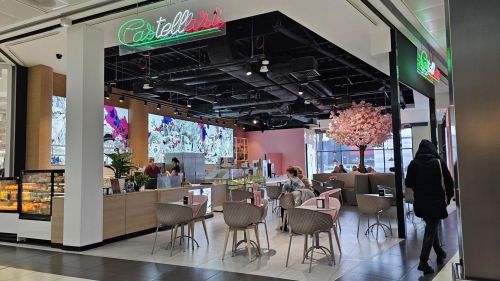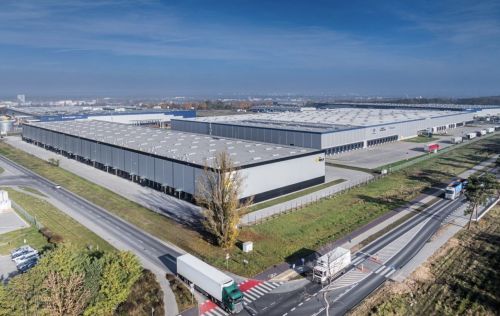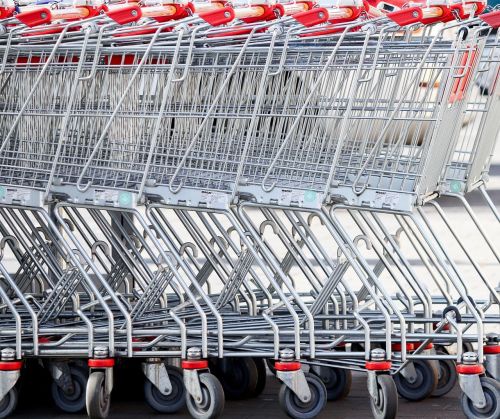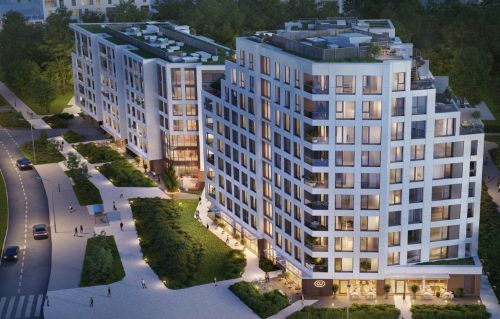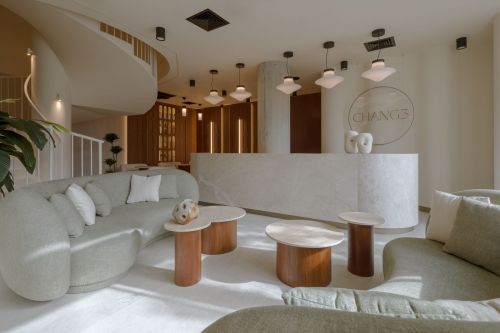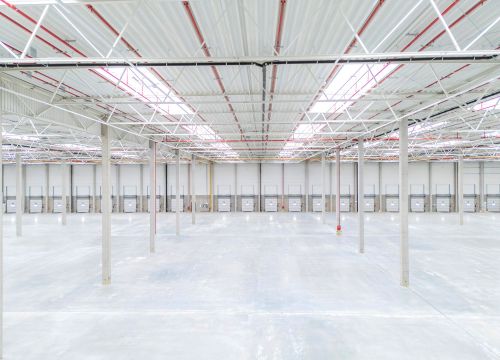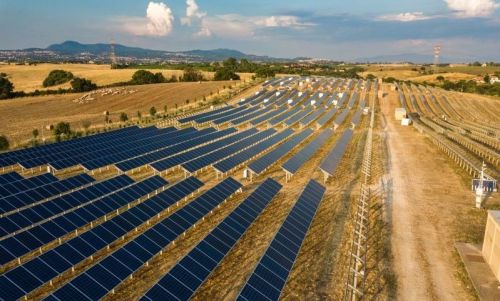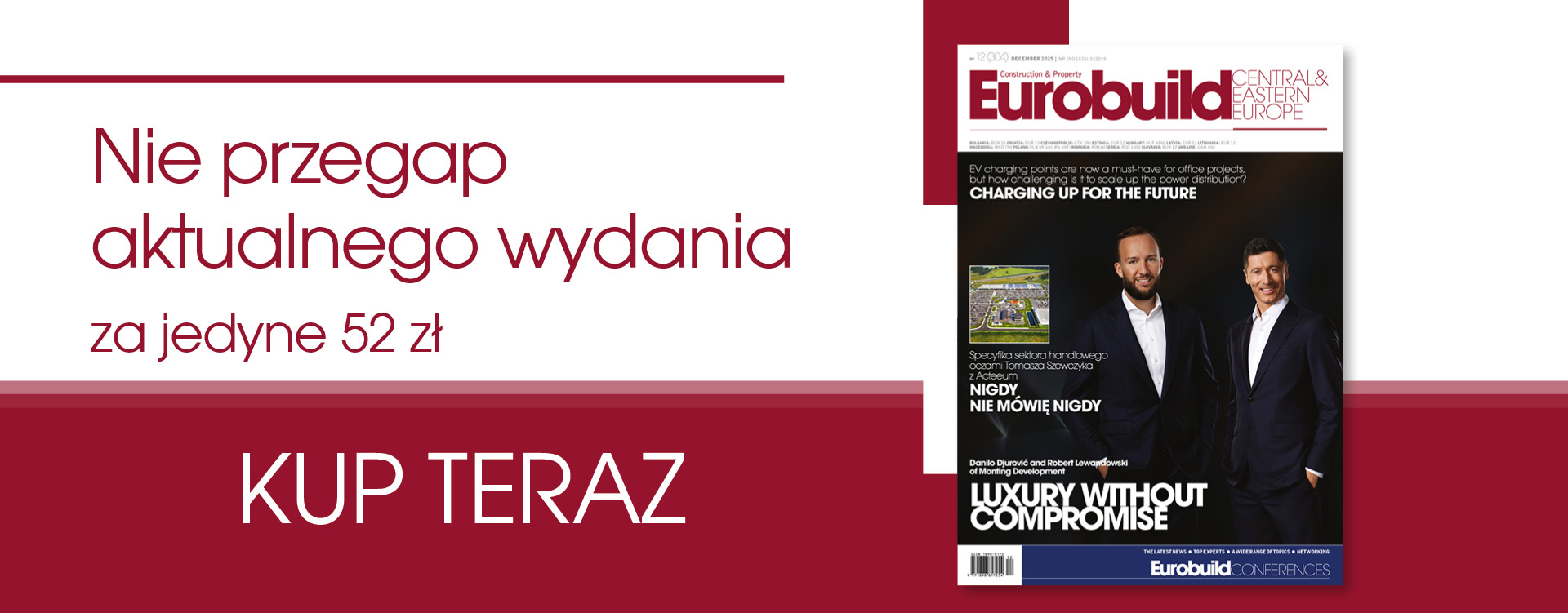‘Eurobuild Central & Eastern Europe’: When looking at warehouse and logistics space in eastern Poland, will this region benefit from improvements in infrastructure and become more attractive to the sector?
Adrian Semaan (AS): The core logistics locations in this part of Poland are Lublin and Rzeszów, which together account for app. 390,000 sqm of warehouse space, or around 3.3 pct of the country’s total stock. Despite sustained occupier and developer interest over the past few years, leasing activity in this region remains subdued in terms of both the number and volume of lease transactions. Since the beginning of 2016, there have been 24 lease transactions with an average size of around 4,500 sqm while the national average is 6,150 sqm. The main reason for the lack of large deals recorded with retailers and logistics operators is the limited level of distribution activity on these local markets. In 2016, the Podkarpackie region attracted app. EUR 153 mln in




